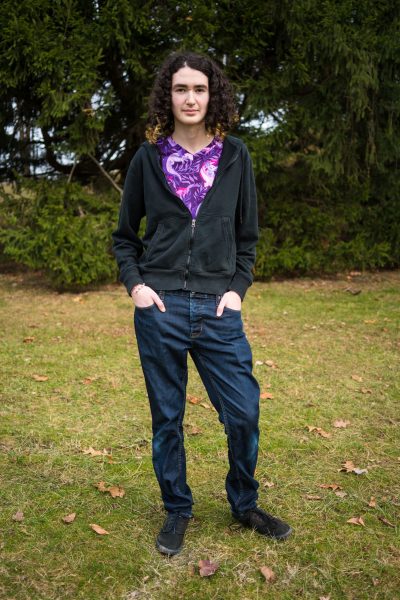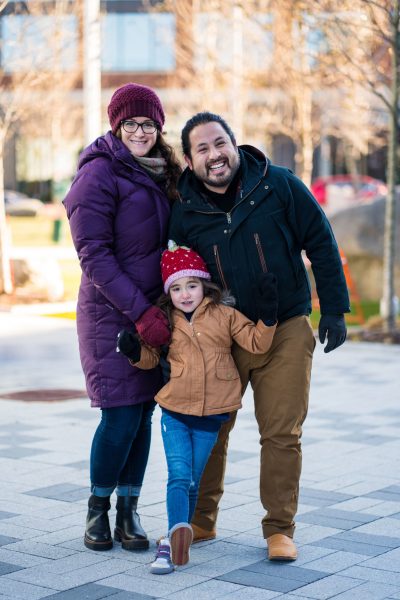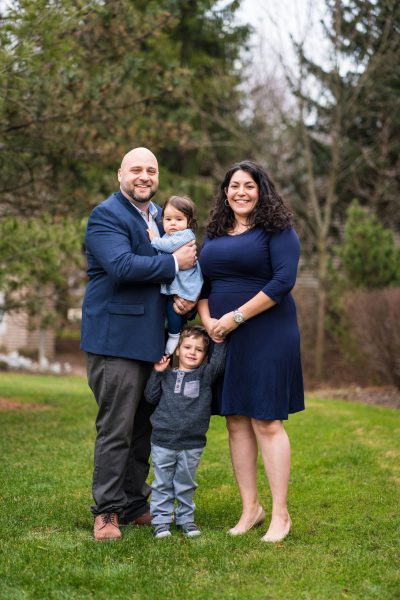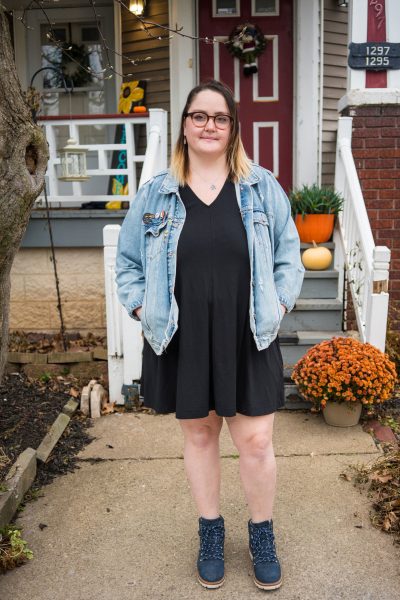Our Stories: Intersectionality in Cleveland’s Jewish Community
jHUB is honored to partner with Jews across Northeast Ohio to explore their stories and how the convergence of their identities has shaped their experiences within and beyond the Cleveland Jewish community. We hope that these stories show different perspectives, life experiences, and diverse ways that people live Jewishly.
Click each picture to explore the full Our Stories series below or click here to see the video interviews.
The Our Stories Collection
Our Stories Video Interviews
Playlist
Behind the "Our Stories" Initiative
Meet Samia Mansour
Our Stories Developer & Consultant


She is currently the Program Director with At The Well, an organization whose mission is to enhance women’s well-being through ancient Jewish practices. Prior to At The Well, Samia worked as the Community Development Strategist for jHUB Cleveland. In this role, she was selected to participate in the Jewish Federations of North America’s Next Gen Jewish Federation Fellowship, which, over the course of two years, culminated in the development of the “Our Stories” project.
Samia began her career working at Oberlin College Hillel. She earned a B.A. in Religion with a concentration in Islam from Oberlin College and a Master’s in Social Work from Case Western Reserve University. She is a licensed social worker in Ohio and serves on the boards of the Jewish Lakewood Alliance, Mitsui Collective, and Ammud: Jews of Color Torah Academy. In 2021, she co-founded Jews of Color: Cleveland, which aims to cultivate a safe space for folks who self-identify as Jews of Color in Greater Cleveland. Samia was a 2019 Jeremiah Fellow for Bend the Arc and was selected as a 2020 “12 under 36: Members of the Tribe” by the Cleveland Jewish News.
Samia lives in Cleveland, OH, on Erie, Mississauga and Kaskaskia land with her husband and enjoys running, traveling, and playing her ukulele.
Our Sponsors
The Leonard Krieger Fund of the Cleveland Foundation
In partnership with JFNA Next Gen Jewish Federation Fellowship



Meet McKinley Wiley
Our Stories Photographer



All the incredible photos in our series were taken by McKinley Wiley. Born, raised, and rooted in Cleveland, Ohio, he specializes in documenting the intergenerational experience through portraiture and film. Check out additional work on his website, or via his Instagram.
Our Inspiration
“Our Stories” was inspired by “This is San Diego Jewry“, presented by The Hive at Leichtag Commons. Shot by Jordan Daniels, Communications and Creative Specialist. Stories written by Robert Nagler Miller.
jHUB is a joint initiative of the Jewish Federation of Cleveland and the Jewish Education Center of Cleveland, and an 18Doors affiliate.
Privacy Policy ©2020-2021 jHUB
























